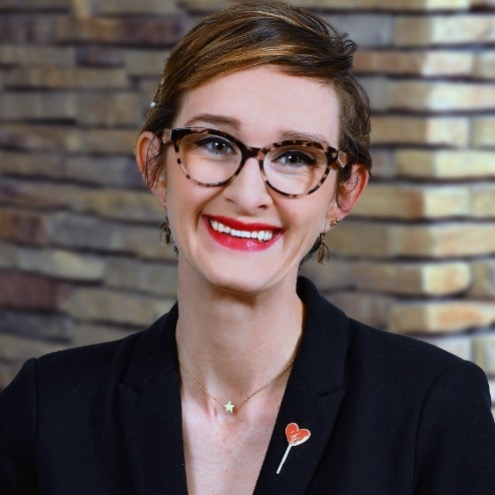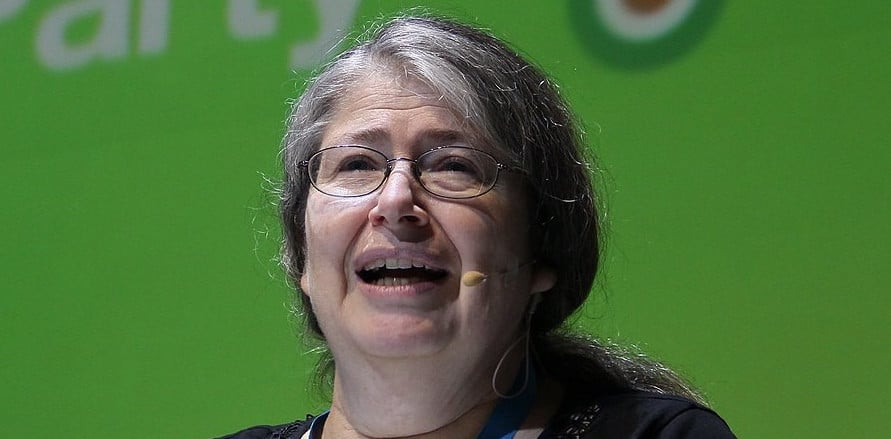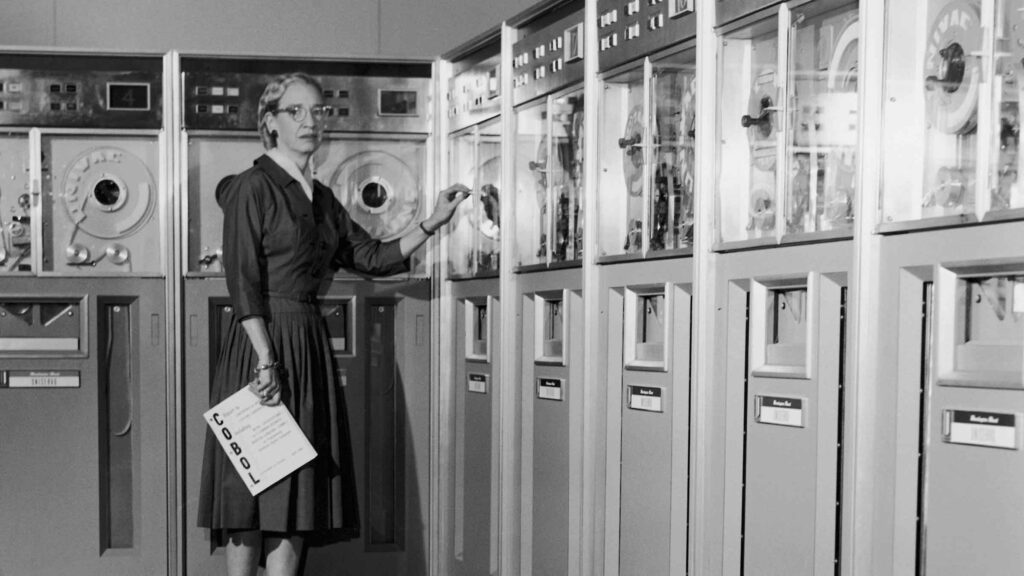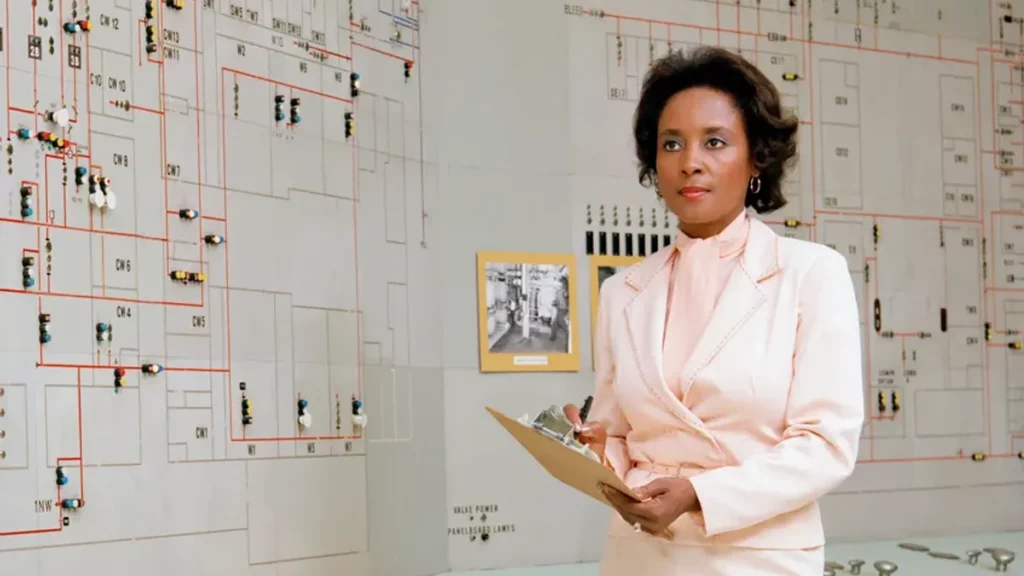
In 2022, women only make up about a quarter of the technical roles at large technology companies. While still shockingly low, that number has consistently risen the past several years, slowly bridging the gender gap in the field. Since its onset, technology has always been a male-dominated discipline, but there have always been women who break the status quo and succeed in spite of their environment. The following ten women are tech trailblazers whose accomplishments run the gamut from being the first computer programmer to trying to diversify AI.
Often regarded as the first computer programmer, Ada Lovelace wrote the first algorithm for processing numbers on her friend Charles Babbage’s analytical engine in 1843. Though the analytical engine was a theoretical rudimentary computer that was never actually built, Lovelace wrote extensive notes that included an algorithm for how the machine could compute Bernoulli numbers.
During World War II, Hedy Lamarr and composer George Anthei invented a device that would keep enemy ships from jamming signals from Ally torpedoes using a method called “frequency hopping.” This invention was the basis for many wireless communication methods including GPS, Bluetooth, and Wi-Fi.
As the founder and CEO of Girls Who Code, an international nonprofit organization that works for gender parity in the technology field, Reshma Saujani has reimagined what a computer programmer looks like. Over 300,000 girls have received computer science education programming through Girls Who Code.
Radia Perlman invented Spanning Tree Protocol (STP), a network protocol that allowed Ethernet to handle large clouds, which helped make possible the internet as we know it today. She authored a book called Interconnections that clarified the confusing field of computer networks and is sometimes referred to as “The Mother of the Internet.”

Between 1972 and 1989, Elizabeth Feinler ran the Network Information Center (NIC), a sort of early search engine that was eventually taken over by the Defense Communication Agency, part of the U.S. Department of Defense, and then morphed into an early version of the Internet. Feinler and her team are responsible for the naming of domains like .gov, .com, .edu, etc. that are still used today.
Grace Hopper was a computer programming pioneer who invented COBOL, an early programming language that is still used today. She is credited also with coining the term “computer bug” after finding a moth in a computer she was working with in 1947. She was posthumously awarded the Presidential Medal of Freedom in 2016.

When Annie Easley was hired by the National Advisory Committee for Aeronautics (NACA), a predecessor of NASA, she was one of four Black employees out of about 2500 total people. She was an adept computer programmer and was an advocate for minority groups to enter STEM fields, as well as an Equal Employment Opportunity counselor who worked with supervisors to address discrimination concerns.

Dr. Fei-Fei Li was the leading scientist in the development of ImageNet, a database of millions of images used for visual object recognition software. In addition, Dr. Li cofounded AI4ALL, a nonprofit organization focused on increasing the diversity in the AI/ML fields. She is currently a Co-Director of the Stanford Institute for Human-Centered Artificial Intelligence and a Co-Director of the Stanford Vision and Learning Lab.
Sister Mary Keller was the first person in the United States to earn a Ph.D. in Computer Science. She did computer work at Dartmouth College in the late 1950s, when Dartmouth was still a men’s-only college, and she worked on the development of the BASIC computer programming language.
Karen Spärck Jones was responsible for the creation of the technology called inverse document frequency (IDF), now used by search engines to weigh the importance of a term within a search query. The New York Times called her “a pioneer of computer science for work combining statistics and linguistics, and an advocate for women in the field.”
These ten inspiring women ignored expected gender roles and made history as groundbreaking women in technology. Women like those listed above can help motivate a younger generation of women see themselves in technology roles, thus closing the gender gap a little at a time until we see gender parity in the field.
How can we help?
Normal business hours are 8:00am to 5pm EST, Monday to Friday.
©2024 AOTMP University. All rights reserved.
"*" indicates required fields